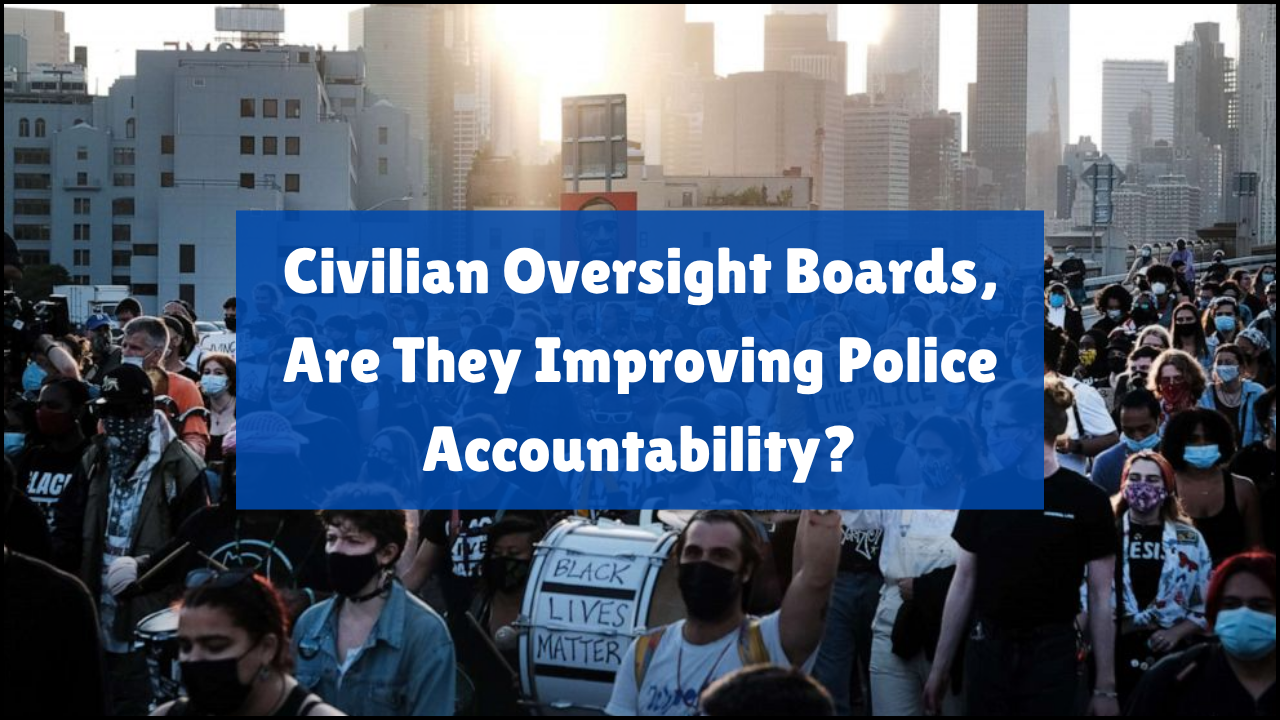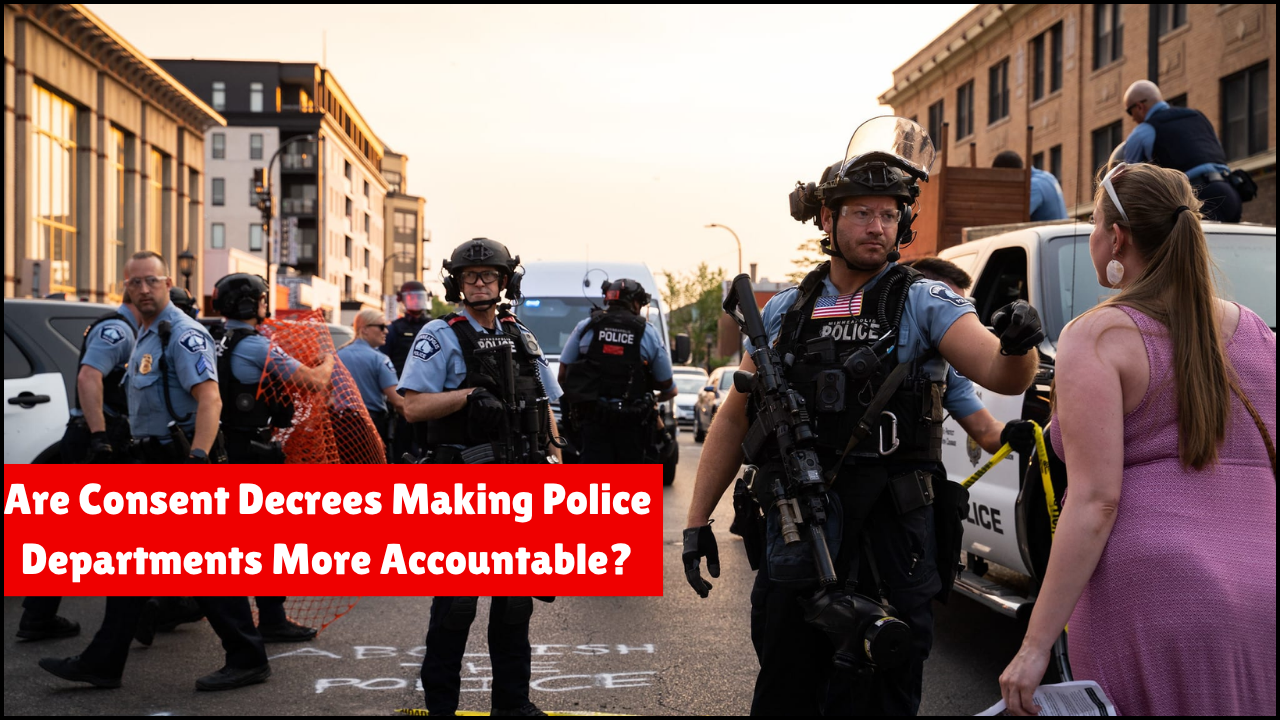
Community safety depends not only on law enforcement’s efficiency but also on the trust it earns from citizens. Community policing, a strategy that emphasizes collaboration between the police and the public, is emerging as a powerful tool to mend broken relationships, reduce crime, and enhance accountability. Community policing shifts the focus from reactionary responses to preventive measures through relationship-building, shared responsibility, and transparent communication.
Table of Contents
Key Principles of Community Policing
- Community Partnership
- Active cooperation between police and citizens.
- Engagement with local organizations, schools, and civic groups.
- Decentralization
- Empowerment of frontline officers to make decisions.
- Reduction of bureaucratic delays in field operations.
- Prevention Over Reaction
- Focus on resolving issues before they escalate.
- Addressing the root causes of crime, such as poverty and substance abuse.
- Problem-Solving Approach
- Use of data and feedback to identify patterns.
- Targeted interventions are designed in collaboration with residents.
- Accountability and Transparency
- Regular community meetings and public updates.
- Mechanisms for citizens to report concerns and track progress.
Benefits of Community Policing in Rebuilding Trust
- Improved Public Perception
- Friendly interactions with local officers build familiarity.
- Positive experiences reduce fear and suspicion.
- Reduction in Crime
- Community tips and early warnings help prevent crimes.
- Proactive involvement reduces repeat offenses.
- Faster Conflict Resolution
- Officers aware of local dynamics can resolve disputes effectively.
- Less reliance on force, more emphasis on dialogue.
- Support for At-Risk Groups
- Outreach to marginalized communities builds inclusivity.
- Youth mentorship programs reduce gang involvement.
- Greater Officer Satisfaction
- Empowered officers report higher job satisfaction.
- Regular community contact makes work more fulfilling.
Examples of Community Policing Strategies
| Strategy | Implementation Method | Impact on Trust |
|---|---|---|
| Foot and Bike Patrols | Officers patrol on foot or bike in neighborhoods | Increases approachability and visibility |
| Community Police Meetings | Regular forums for public discussions | Fosters dialogue and transparency |
| Youth Engagement Programs | Sports, mentoring, and school outreach | Builds rapport with young citizens |
| Problem-Oriented Policing | Addressing local problems through community feedback | Demonstrates responsiveness and care |
| Neighborhood Watch Partnerships | Residents collaborate with police to monitor activity | Empowers citizens and builds shared ownership |
Case Studies in Effective Community Policing
- Camden, New Jersey
- Dissolved and rebuilt its police force in 2013 using community policing.
- Officers trained in de-escalation and cultural sensitivity.
- Homicide rates dropped significantly; community satisfaction rose.
- Kerala, India
- Implemented “Janamaithri” police stations.
- Officers regularly visit homes and host informal street meetings.
- Citizens report feeling more secure and heard.
- Richmond, California
- Community violence reduction strategy based on trust-building.
- Involvement of social workers and local leaders in patrols.
- Homicide and gun violence declined steadily.
Challenges Faced in Community Policing
| Challenge | Explanation | Possible Solution |
|---|---|---|
| Resource Allocation | Lack of funding for personnel and programs | Government grants and community fundraising |
| Officer Training Gaps | Not all officers are trained in soft skills | Mandatory workshops in empathy, communication |
| Community Resistance | Historical mistrust or fear in marginalized communities | Long-term engagement and consistent presence |
| Measuring Success | Difficulty in quantifying trust and cooperation | Surveys, feedback loops, and transparent KPIs |
| Bureaucratic Barriers | Top-down models limit local officer flexibility | Decentralized command and local empowerment |
Community Involvement and Shared Responsibility
- Role of Citizens
- Reporting concerns and suspicious behavior.
- Participating in forums and town halls.
- Volunteering in youth and neighborhood programs.
- Role of Schools and NGOs
- Hosting educational campaigns on law and rights.
- Partnering in anti-bullying and drug prevention efforts.
- Role of Local Businesses
- Offering space for police outreach events.
- Supporting job placement programs for at-risk youth.
Impact on Minority Communities
- Reduced Racial Profiling
- Engagement over enforcement leads to fairer policing.
- Minority officers are often recruited to reflect community diversity.
- Inclusive Representation
- Diverse advisory boards influence police strategies.
- Community-driven hiring practices increase equity.
- Restorative Justice Opportunities
- Non-violent offenders are directed to rehabilitation programs.
- Victim-offender dialogues restore dignity and repair harm.
Technology and Community Policing
- Social Media Interaction
- Live Q&A sessions and awareness posts.
- Clarification of misinformation during crises.
- Body-Worn Cameras
- Transparency during public interactions.
- Evidence in complaints or legal matters.
- Real-Time Feedback Tools
- Mobile apps for filing feedback or praise.
- Heat maps to indicate trouble zones needing attention.
Measuring the Success of Community Policing
| Metric | Indicator | Frequency |
|---|---|---|
| Public Satisfaction Surveys | Trust level in local police | Annually |
| Crime Rate Trends | Overall crime reduction and case closure rates | Quarterly |
| Youth Offender Statistics | Reduction in repeat juvenile offenses | Biannually |
| Community Meeting Attendance | Participation in civic-police discussions | Monthly |
| Officer Conduct Complaints | Number and nature of public complaints | Ongoing |
Wrapping Up
Community policing is gradually transforming the relationship between law enforcement and the public. Collaborative efforts, transparent communication, and inclusive participation lie at the heart of this approach. Cities and towns adopting these practices report not only a decline in crime but also a rise in mutual respect. Future success lies in consistent implementation, active community involvement, and a shared vision for safe, trust-based neighborhoods.





